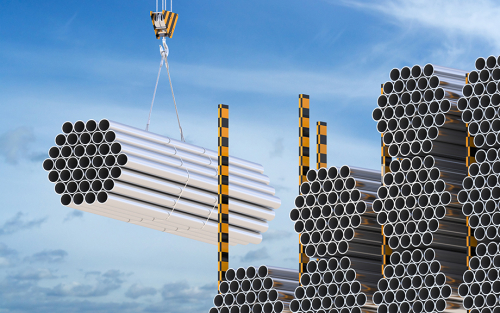Will New Steel Tariffs Protect U.S. Jobs?

President Trump announced a new tariff of 25 percent on steel imports and 10 percent on aluminum imports on March 8, 2018. One objective of these tariffs is to protect jobs in the U.S. steel industry. They were introduced under a rarely used 1962 Act, which allows the government to impose trade barriers for national security reasons. Although the tariffs were initially thought to apply to all trading partners, Canada and Mexico are currently exempt subject to NAFTA negotiations, and implementation of the tariffs for the European Union, Argentina, Australia, and Brazil has been paused. South Korea has received a permanent exemption from the steel tariffs and will instead by subject to a quota of 70 percent of its current average steel exports to the U.S. In this post, we consider how the steel tariffs could affect U.S. trade and employment. We focus on steel since the steel industry employs about three times as many workers as the aluminum industry, although qualitatively our conclusions apply to both. We argue that the new tariffs are likely to lead to a net loss in U.S. employment, at least in the short to medium run.










 RSS Feed
RSS Feed Follow Liberty Street Economics
Follow Liberty Street Economics